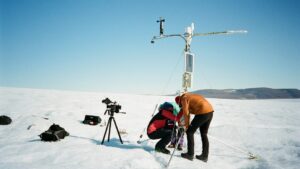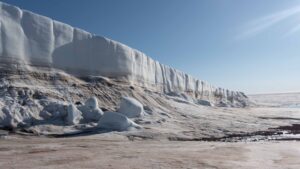Abstract/Description
Accurate estimation of precipitation in mountainous tropical regions remains a major challenge due to limited ground observations and complex topography. This study presents a methodology to generate high-resolution precipitation datasets for the Cordillera Blanca in the northern Peruvian Andes, combining three satellite-based products (CHIRPS, PERSIANN, and GPM) with NDVI vegetation indices and a digital elevation model (DEM). A multiple linear regression model was developed and applied across different spatial resolutions (500 m to 4 km) for the period 2012–2020, integrating temporal and spatial variability of vegetation and altitude. Data from 43 weather stations were used for calibration and 28 for validation. Results show that the model (HiP-RI) significantly improves spatial precipitation estimation with R² > 0.60 and RMSE ≈ 54%, outperforming existing gridded products (e.g., PISCO). NDVI filtering and temporal alignment enhanced model accuracy, particularly in areas with scarce observational data. The HiP-RI methodology provides a transferable framework for improving precipitation mapping in other complex mountainous regions, with implications for hydrological modeling and climate impact studies.


